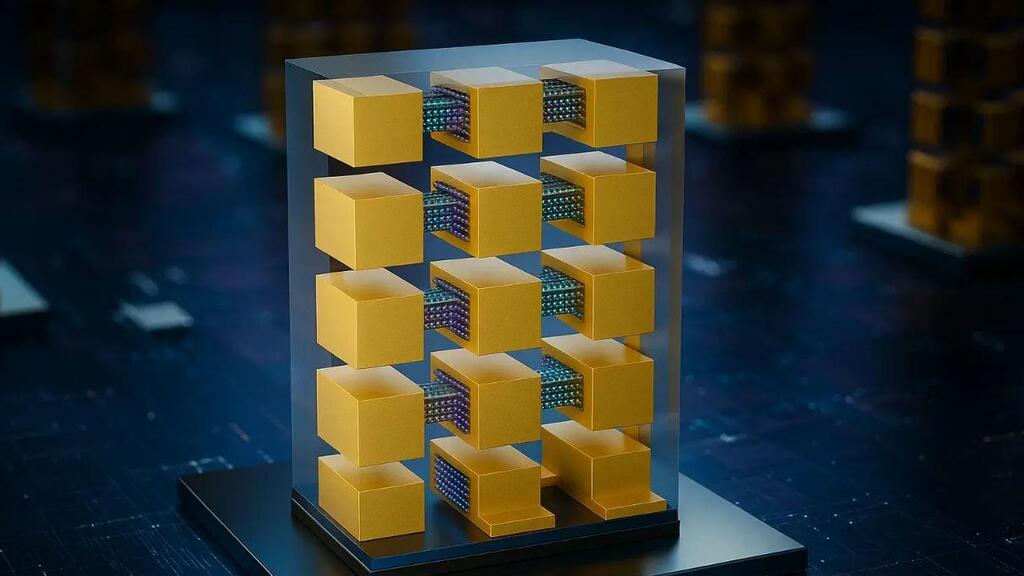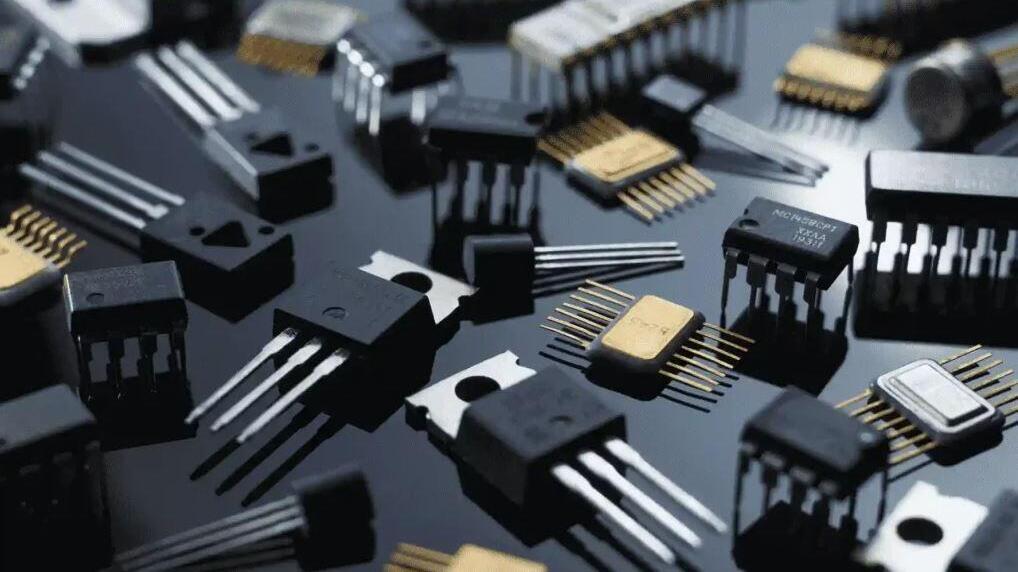Chinese scientists develop ‘fastest transistor ever’—without silicon
As global chipmakers race toward 3-nanometer tech, Chinese researchers unveil groundbreaking, silicon-free transistor that’s faster, more efficient and locally manufacturable
Chinese scientists have developed what they call “the fastest, most efficient transistor ever”— and it contains no silicon at all. Built using ultra-thin sheets of bismuth, the new transistor outperforms the best silicon-based processors produced by leading manufacturers such as Intel and TSMC — the same Taiwan-based company that builds chips for Apple.
The groundbreaking development, published by Nature Materials in February, represents a radical departure from current chip design. Instead of trying to improve existing technologies, the team led by Prof. Peng Hailin at Peking University chose an entirely novel path.


